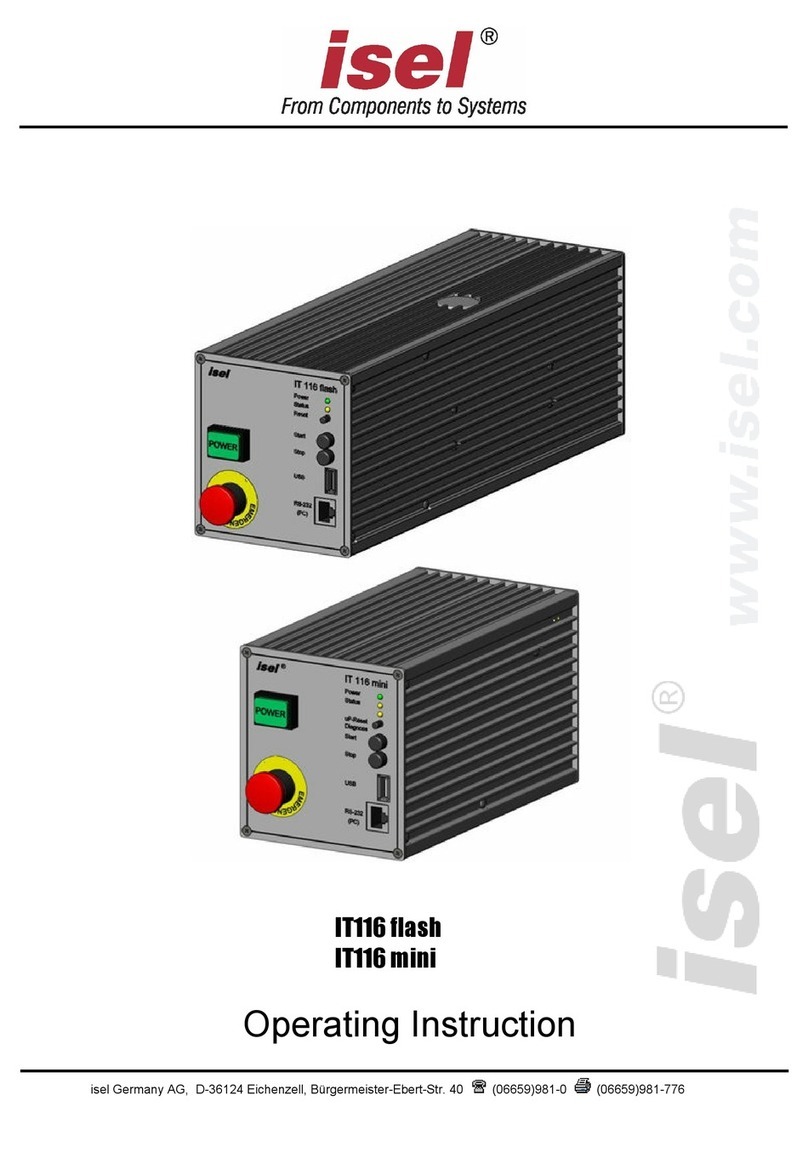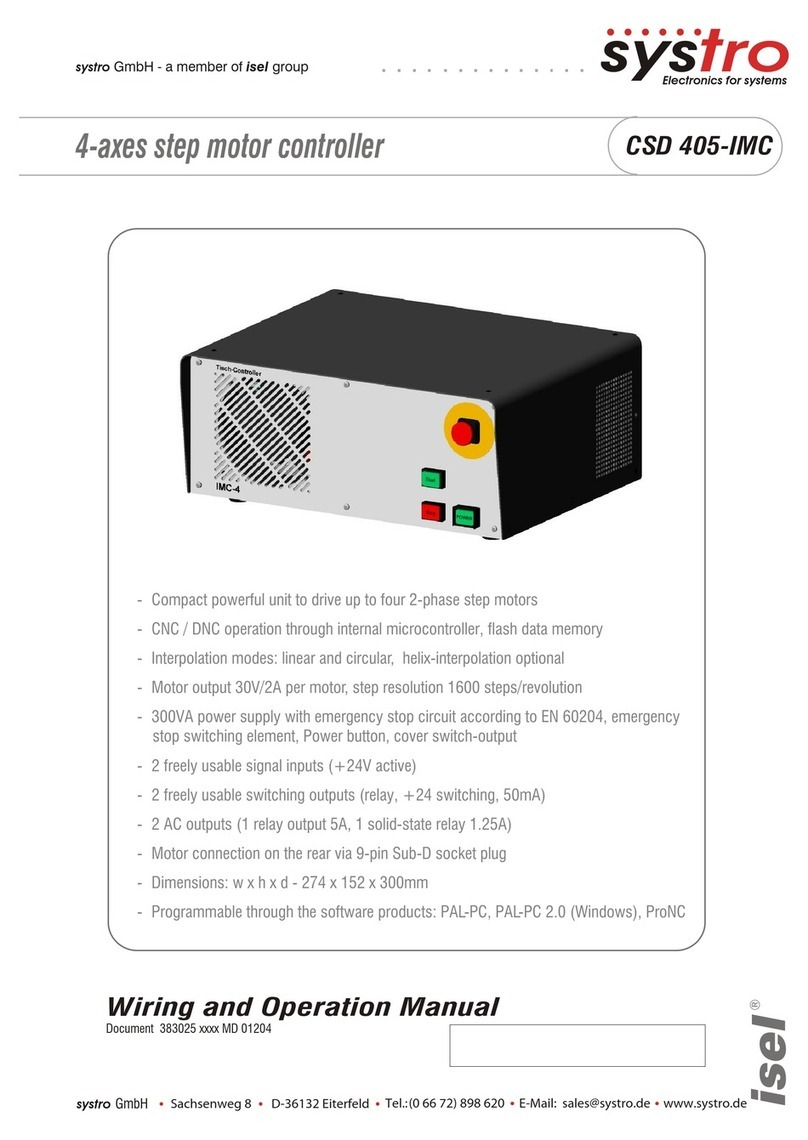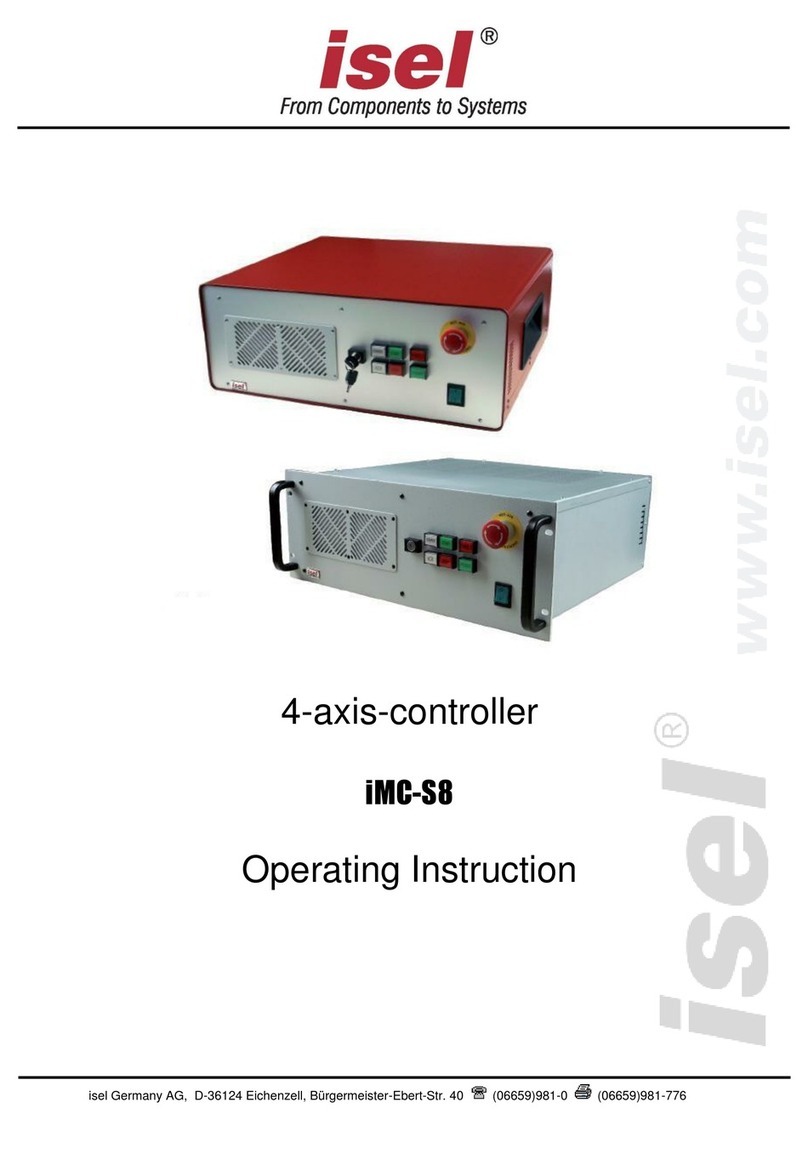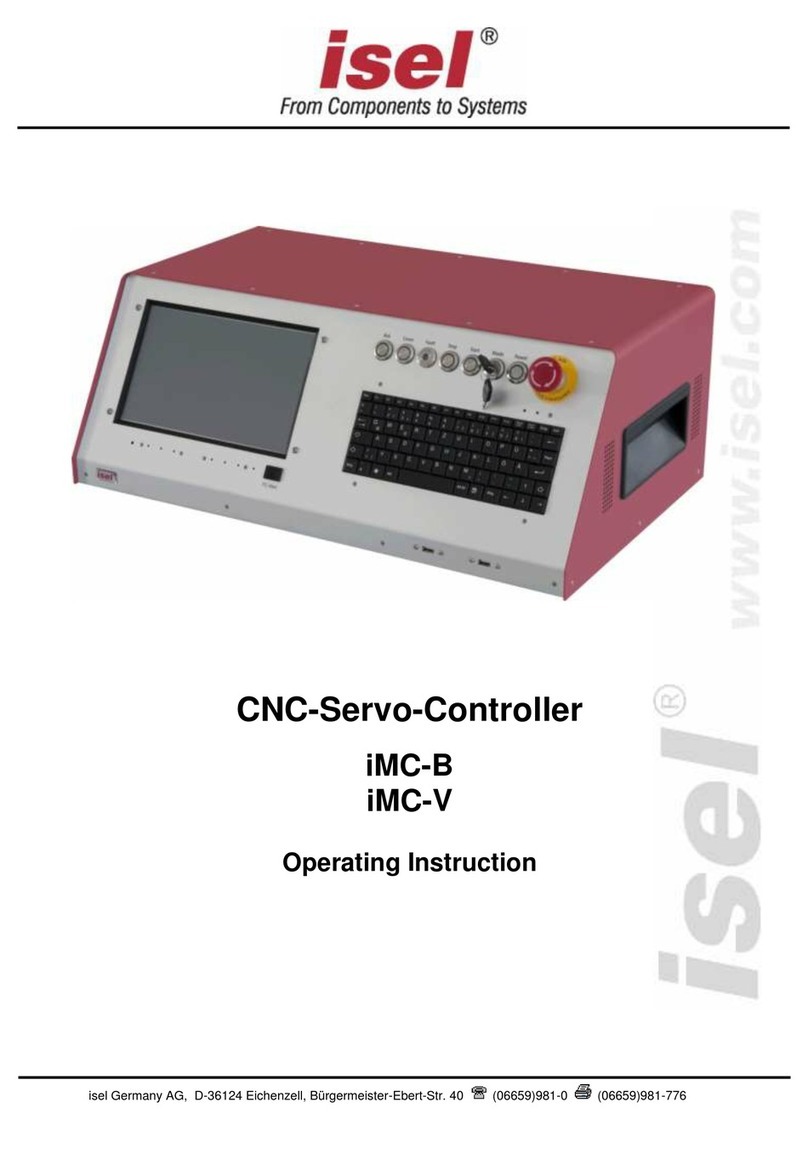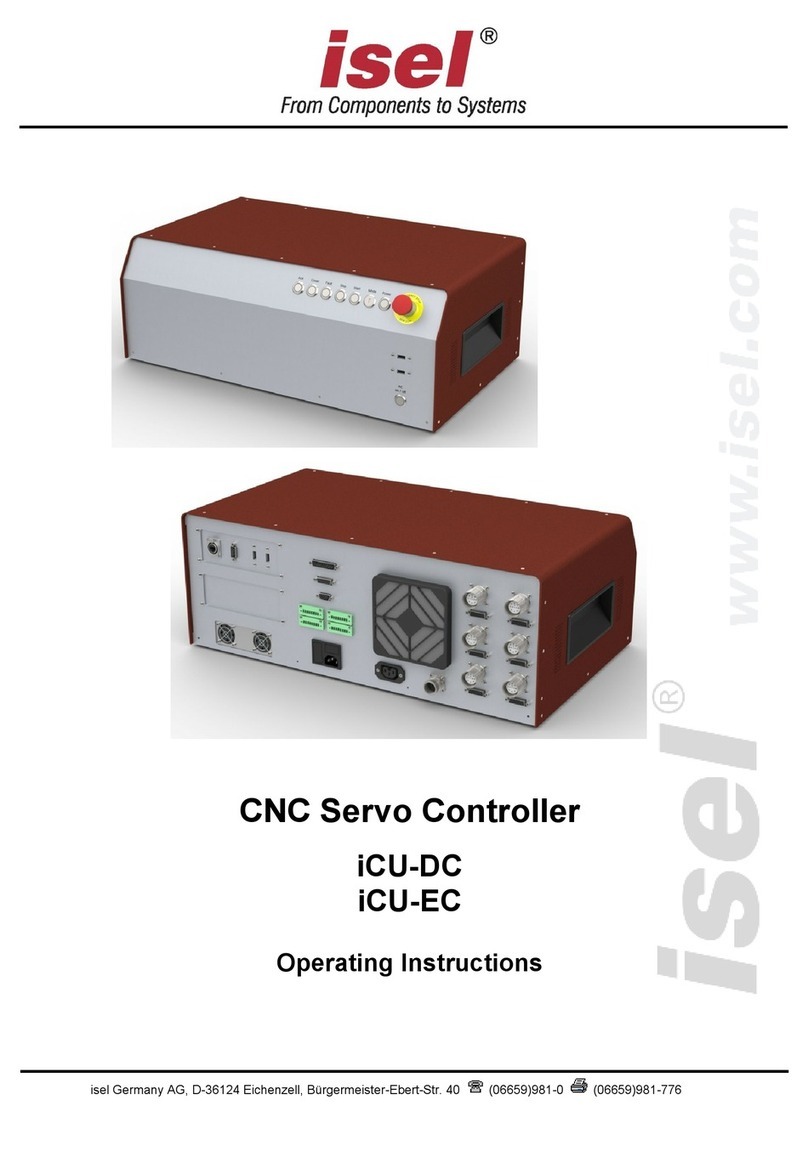
1
Table of Content
1Introduction ......................................................................................................... 1
2Safety Instructions.............................................................................................. 2
3Technische Daten................................................................................................ 3
4Dimensions.......................................................................................................... 3
5Pin Assignment................................................................................................... 4
5.1 P1 - Control-Signals.................................................................................... 4
5.2 P2 - Motor / Power-supply........................................................................... 4
6Jumpers ............................................................................................................... 5
7Control Signal Connector (P1) Interface ........................................................... 6
8Connecting the Motor (P2) ................................................................................. 7
8.1 Connections to 4-lead Motors ...................................................................... 7
8.2 Connections to 6-lead Motors ...................................................................... 7
8.2.1 Half Coil Configurations 7
8.2.2 Full Coil Configurations 8
8.3 Connections to 8-lead Motors ...................................................................... 8
8.3.1 Series Connections 8
8.3.2 Parallel Connections 9
9Power Supply Selection...................................................................................... 9
9.1 Regulated or Unregulated Power Supply..................................................... 9
9.2 Multiple Drivers........................................................................................... 10
10 Selecting Microstep Resolution and Driver Output Current.......................... 10
10.1 Microstep Resolution Selection.................................................................. 10
10.1.1 MD24 10
10.1.2 MD28 11
10.2 Current Settings ......................................................................................... 11
10.2.1 MD24 11
10.2.2 MD28 12
10.3 Standstill Current Setting............................................................................ 12
11 Wiring Notes...................................................................................................... 12
12 Typical Connection........................................................................................... 13






